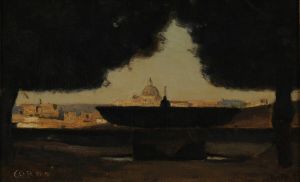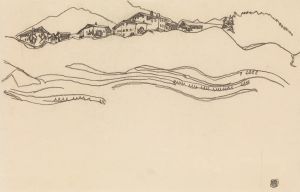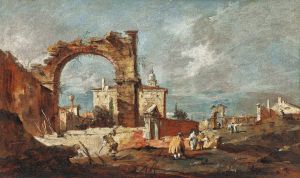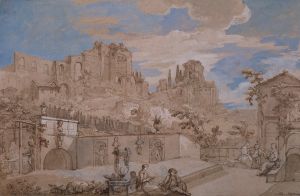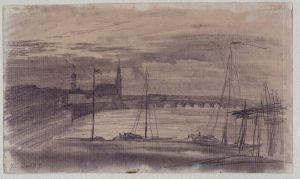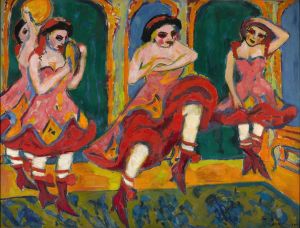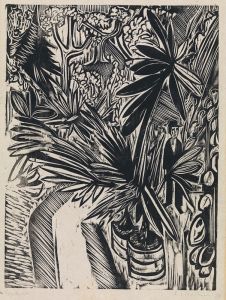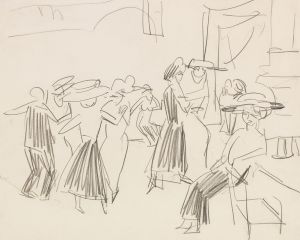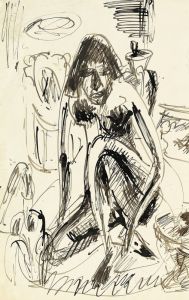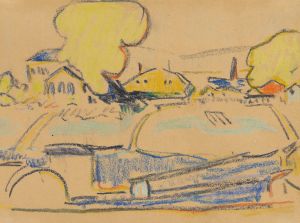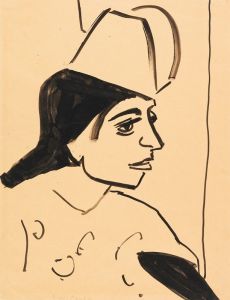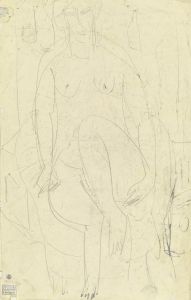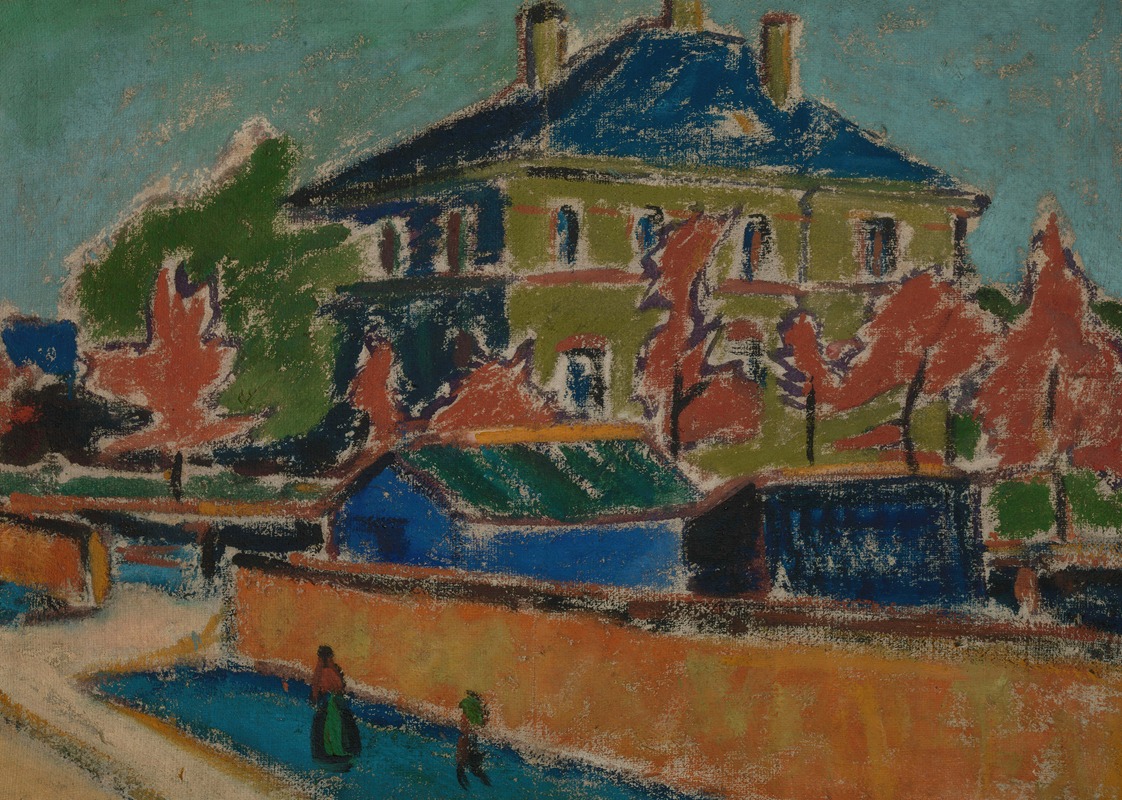
Villa in Dresden
A hand-painted replica of Ernst Ludwig Kirchner’s masterpiece Villa in Dresden, meticulously crafted by professional artists to capture the true essence of the original. Each piece is created with museum-quality canvas and rare mineral pigments, carefully painted by experienced artists with delicate brushstrokes and rich, layered colors to perfectly recreate the texture of the original artwork. Unlike machine-printed reproductions, this hand-painted version brings the painting to life, infused with the artist’s emotions and skill in every stroke. Whether for personal collection or home decoration, it instantly elevates the artistic atmosphere of any space.
Ernst Ludwig Kirchner, a prominent German expressionist painter and one of the founding members of the artist group Die Brücke, created the painting "Villa in Dresden" in 1910. This work exemplifies Kirchner's distinctive style, characterized by bold colors, dynamic compositions, and expressive forms. The painting reflects the vibrant and innovative spirit of the early 20th-century expressionist movement, which sought to convey emotional experience rather than physical reality.
"Villa in Dresden" captures a scene of a villa, presumably located in Dresden, a city that played a significant role in Kirchner's life and career. Dresden was where Die Brücke was founded in 1905, and it served as a hub for the group's activities until they moved to Berlin in 1911. The city provided a rich cultural backdrop that influenced Kirchner and his contemporaries, offering inspiration from its architecture, urban life, and surrounding landscapes.
In this painting, Kirchner employs a vivid color palette, using intense hues to evoke a sense of energy and emotion. The brushwork is dynamic and expressive, a hallmark of Kirchner's technique, which often involved rapid, spontaneous strokes to capture the essence of a scene. The composition of "Villa in Dresden" is likely to be characterized by angular forms and a somewhat distorted perspective, elements that Kirchner used to convey the psychological intensity of his subjects.
Kirchner's work, including "Villa in Dresden," reflects his interest in the interplay between urban environments and the human psyche. The villa, as depicted in the painting, may symbolize the intersection of nature and civilization, a theme that Kirchner explored throughout his career. The setting in Dresden is particularly significant, as the city was undergoing rapid modernization during this period, a transformation that Kirchner and his peers often critiqued through their art.
The painting is part of Kirchner's broader oeuvre, which includes numerous depictions of urban scenes, landscapes, and figures. His work was deeply influenced by various artistic movements, including post-impressionism and fauvism, as well as non-Western art forms, which he encountered through ethnographic museums and exhibitions. These influences are evident in his use of color, form, and composition, which challenged traditional artistic conventions and sought to express deeper emotional truths.
"Villa in Dresden" is a testament to Kirchner's innovative spirit and his contribution to the expressionist movement. His work has had a lasting impact on modern art, influencing subsequent generations of artists who sought to explore the emotional and psychological dimensions of their subjects. Today, Kirchner is celebrated as one of the leading figures of German expressionism, and his paintings continue to be studied and admired for their boldness and emotional depth.
The painting is housed in a collection that appreciates Kirchner's work, though specific details about its current location or exhibition history are not widely documented. Kirchner's legacy endures through his art, which remains a powerful expression of the complexities of early 20th-century life and the enduring human spirit.





